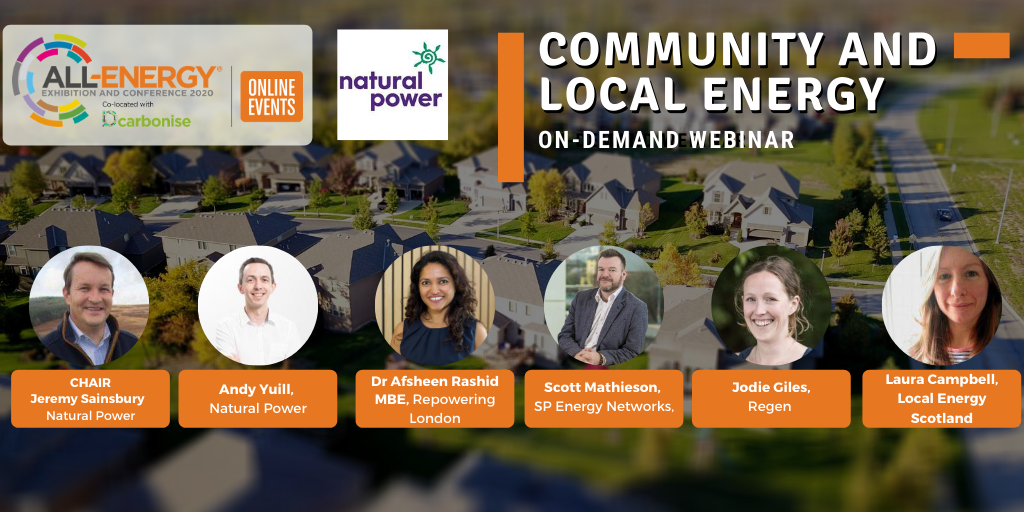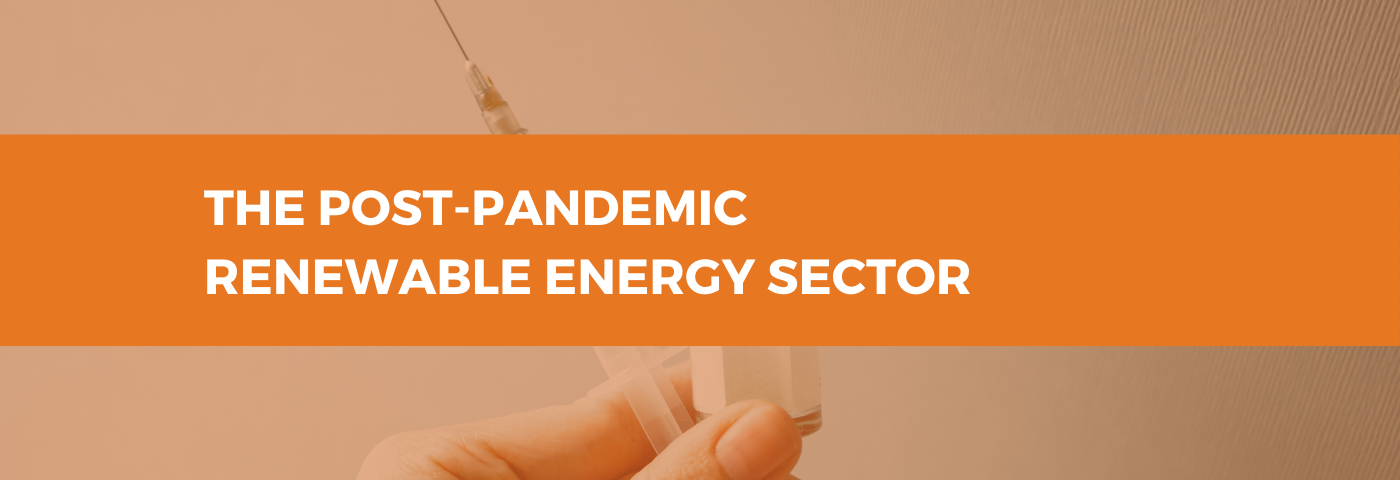Re-building the Economy to be Fit for a Renewable Future

Author: Jeremy Sainsbury, Director at Natural Power
There are many unanswered questions about what our post-pandemic world will look like, but what we know for sure is that we need to rebuild the economy. An economy fuelled by cheap, reliable, renewable energy. And one that is competitive outside of the EU as we also prepare for what looks like a hard-Brexit.
To get the economy moving again, we need investment from around the world. To attract this investment in renewable energy projects, we need to ensure the right policies and measures are in place, and now’s the time to do it. Creating the right framework to facilitate and encourage investment needs to be a top priority for government.
“To attract this investment in renewable energy projects, we need to ensure the right policies and measures are in place, and now’s the time to do it”
The renewable energy sector is already on course and there is an agreed direction of travel. Targets have been set: to achieve our net-zero obligations as part of the Paris Agreement on climate change – 100% by 2050 (2045 in Scotland).
So, as we emerge from COVID-19 lockdown, the decade ahead is critical. Momentum is building and costs are dropping. To help meet these targets, investment is required for the supporting infrastructure, transmission and distribution systems; as well as support to deploy energy efficiency measures that further enhance the route to net-zero.

We need to look beyond the immediate future to the economy in 2040 to understand what infrastructure will be required to deliver and integrate capacity to create a seamless network. Our network needs to be fit for purpose and investment in infrastructure is essential.
“To help meet these targets, investment is required for the supporting infrastructure, transmission and distribution systems”
The energy sector will be vital to the economic recovery. At a local level, we need to understand and plan for what people need, and at a national level we need to understand the big scale infrastructure required to deliver.
Underpinning this is the ability of our planning procedures to enable success. We need to submit proposals at the earliest possible stage to lay the foundations, so to speak, for attracting the investment required to build out this infrastructure of fewest regrets.
WATCH: Natural Power featured in our Webinar “40GW Solar Deployment by 2030”
COVID-19 has provided the National Grid with a view of the future in terms of system operation while demand has dropped (to around 18GW capacity twice in recent weeks) and is running almost entirely on renewable energy. Overall, renewable energy capacity has increased dramatically in recent years, becoming Britain’s main power source during the first quarter of 2020.
As an industry, we are committed to creating world-leading, competitive and compelling projects that are good for reaching targets, good for the supply chain, and ultimately good for the economy.
“Renewable capacity has increased dramatically in recent years, becoming Britain’s main power source during the first quarter of 2020”
And if we take advantage of the ever-falling price tag of renewables to put clean energy at the heart of COVID-19 economic recovery, we can take a big step towards a healthy natural world.
Want to learn more from Natural Power and re-building the economy? Check out our on-demand webinars.
https://twitter.com/Natural_Power


